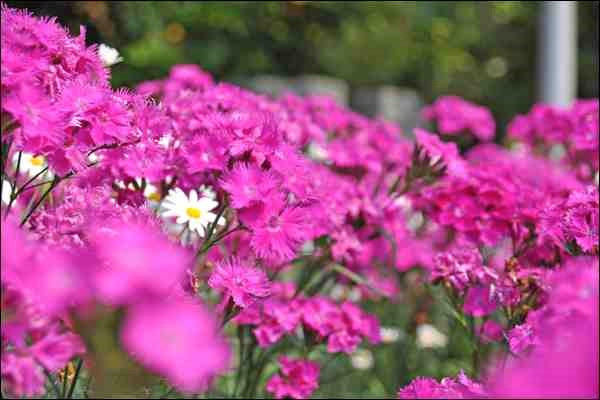Gardeners evolve over time. If you think about your gardening journey, I bet the plants you are growing now aren't the ones you started out with. Many of us started with a pretty basic selection of perennials: irises, peonies, and tiger lilies for example. The basics grow easily and are rewarding, encouraging us to keep growing. As we garden over the years, eventually we reach a point where we don't have space for that clump of irises anymore, or we tire of the unapologetically orange flowers of the tiger lily.
Like any relationship, the honeymoon comes to an end and on occasion we realize we aren't right for each other anymore. We move on. We see other perennials. We part amicably, going our separate ways. This is a natural part of the gardening experience; we stop growing everything that comes our way and perhaps we focus on one particular thing. Some of us become woodland gardeners, others focus on growing plants for scent, and still others become mad collectors who have to acquire every kind of Heuchera (aka alumroot or coral bells) they can get their hands on.
The problem with this natural progression, this passing of judgment on plants that were once beloved, is that we may never actually know all there is to know about them. Potentillas are a good example of this. "Oh goodness, no, I don't care for potentillas!" a client will say to me dismissively. This often comes from the mouth of a person who only knows one golden cultivar, and has only ever seen them around fast food restaurants and car dealerships. "Did you know they come in white?" I ask. "Also apricot and pink and soft orangeand some very nice pale yellows. Did you know some grow as perennials, and not all of them are shrubs? Did you know that there is even a species that is evergreen?" Often they are completely unaware, missing out on a diverse and actually exciting genus because they thought they knew them.
There are a lot of groups of perennials that need to be revisited. Think you need an acre of space for peonies? There are now some very nice dwarf forms available. Ever dreamed of growing wisteria? There is at least one species that has done moderately well for me in zone 3. What about phlox? There are myriad numbers of them, and they are a surprisingly diverse and versatile genus. Don't be too quick to disregard any of them. One needs only to search outside the mainstream! Colombines and delphiniums are common enough perennials. They can be found in the gardens of both new and experienced gardeners. They are so widely known and grown that it would be easy to think you know them, when in fact it might be time to review them once more. What about Dianthus? This is the genus that includes all the carnations and pinks. Some are great annuals, some are biennials, and some are great for the rock garden or the border. Some are fragrant while others are not. Some are short and some are tall. It is an impossible group of plants to ever be fully acquainted with. It's best we withhold judgment and ridicule, dear gardening friends, and give many of our perennials a second look.
Lyndon Penner, author of The Prairie Short Season Yard, will be teaching a course about perennials you thought you knew during the U of S Hort Week, July 5-11. Get reacquainted with some old favourites and learn about some new ones. http://ccde.usask.ca/gardening/hortweek, 306-966-5546 or [email protected] for more information on courses and registration.
Have a gardening question? Contact GardenLine, 306-966-5865 or [email protected]
- This column is provided courtesy of the Saskatchewan Perennial Society (www.saskperennial.ca; [email protected]). Check out our Bulletin Board or Calendar for upcoming horticulture events (Labour&Learn at the Forestry Farm; garden tour July 13).




